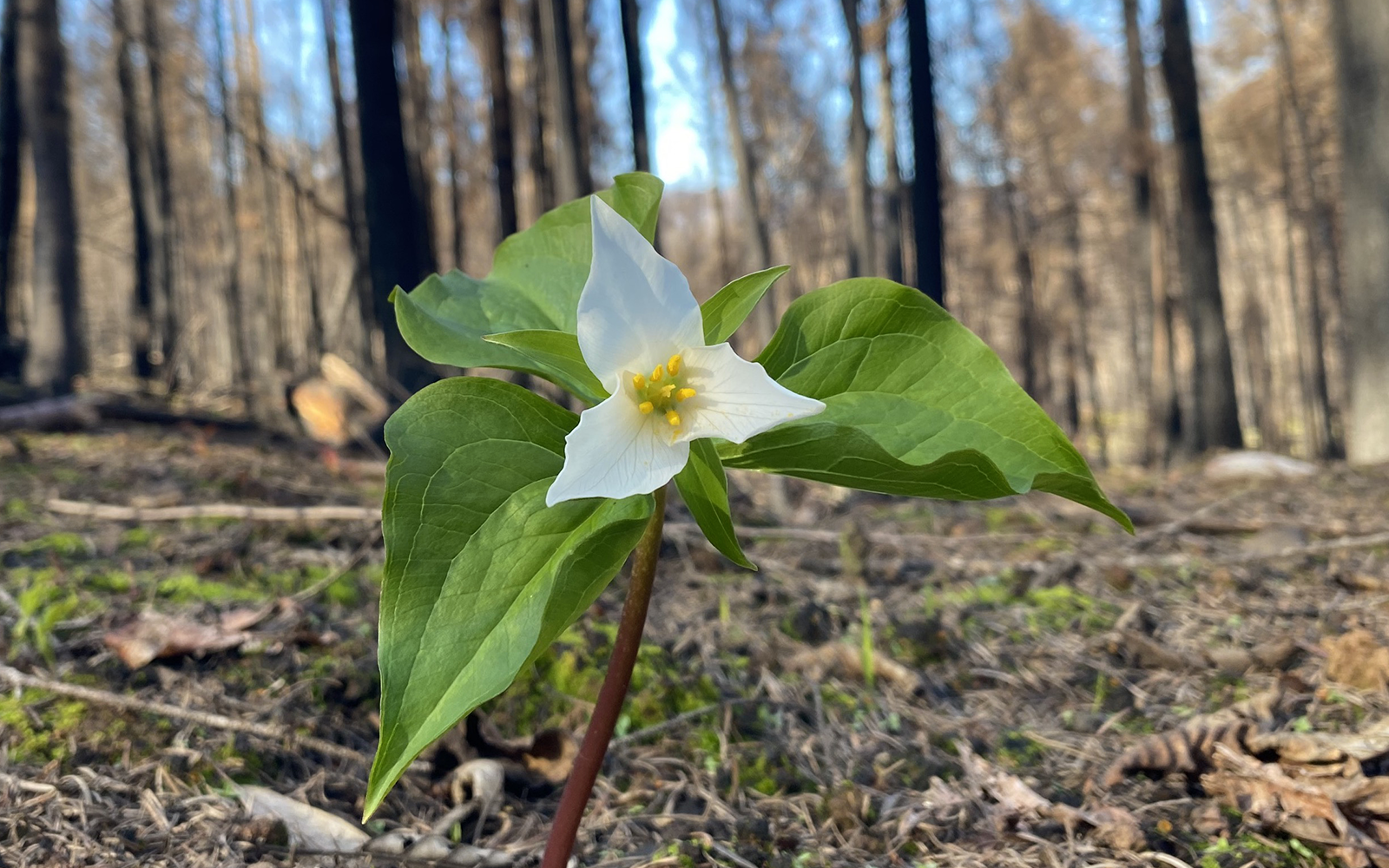FOR IMMEDIATE RELEASE
November 10, 2022
Contacts:
Susan Jane Brown, Western Environmental Law Center, 503-914-1323
Josh Laughlin, Cascadia Wildlands, 541-844-8182
George Sexton, Klamath Siskiyou Wildlands Center (KS Wild), 541-778-8120
This month, conservation groups finalized a legal agreement with the Bureau of Land Management to reverse a Trump-era rule excluding vastly more logging in post-fire landscapes from detailed environmental review. The agreement resolves a legal challenge the groups brought against the agency in October, 2021.
“Categorical exclusions” allow agencies to approve actions having minimal environmental effects without detailed environmental review under the National Environmental Policy Act. The Trump rule increased the maximum area for categorical exclusions permitting logging of “dead or dying trees” from 250 acres to 3,000 acres—a 1,200% increase. The rule also doubled the maximum amount of permitted road construction from one-half to one mile of permanent road. The previous categorical exclusion rule required those roads to be temporary. The Bureau will now engage in rulemaking to remove the categorical exclusion language from its NEPA implementing procedures and revert to the old guidance. In the meantime, BLM will refrain from using the categorical exclusion.
“The categorical exclusion defied the overwhelming scientific consensus that post-disturbance logging is a harmful ecological ‘tax’ on the environment,” said Susan Jane Brown, Wildlands and Wildlife Program director at the Western Environmental Law Center. “While the Biden administration did not independently choose to correct these harmful and illegal policies, we are pleased our case has prompted this needed correction. Some things are too important to brush off.”
“This outcome is a significant win for imperiled species, like coho salmon, Pacific fisher, and the northern spotted owl,” said Josh Laughlin, executive director at Cascadia Wildlands. “No longer can the government plan massive timber sales in fragile, post-fire environments without a full accounting of their impacts on the environment.”
“The BLM has a long history of throwing out the rulebook when conducting post-fire clearcutting,” said George Sexton of KS Wild. “This agreement establishes that BLM timber planners can’t simply dodge the law to achieve logging targets.”
“When managing our public lands, BLM should uphold the letter and spirit of the law. This means involving the public and carefully weighing environmental trade-offs,” said Doug Heiken of Oregon Wild. “Categorical exclusions are a loophole that should be limited to truly low-impact actions that don’t raise any public concerns.”
“There’s no ecological justification for post-fire logging. It’s like mugging a burn victim.,” said co-plaintiff Soda Mountain Wilderness Council’s Dave Willis. “I expect BLM will still try, but it won’t be as easy for them now. It will now be harder for BLM to hide the negative ecological impacts of its post-fire intentions.”
“Post-fire ecosystems are extremely sensitive and categorical exclusions are only meant for minor actions with minimal impact,” said Willamette Riverkeeper staff attorney Lindsey Hutchison. “This settlement is a win for the species that rely on these ecosystems, will allow for the public to be involved in these actions, and will ensure that environmental impacts are fully assessed.”
Background:
General ecological concerns associated with post-fire logging include impacts to soils, understory vegetation, fuel loads, and post-fire habitat features including snags and burned logs. Post-fire logging almost always prioritizes removing larger dead trees highly valuable to many wildlife.
The best available science indicates that post-fire logging is detrimental to wildlife because of the vital role down wood and snags play in meeting life history needs of wildlife species. Unlogged, naturally regenerated, young stands are some of the most ecologically complex wildlife habitat and essential to many species. The biodiversity of these stands’ rivals that of old-growth forests, and young stands are one of the rarest forest types in the Pacific Northwest. Post-fire logging also harms big game populations by removing hiding cover after the landscape is changed by fire and by increasing adverse impacts related to construction and use of roads. Post-fire logging negatively affects water quality: By adding another stressor to burned watersheds, post-fire logging impedes recovery of aquatic systems, lowers water quality, and shrinks the distribution and abundance of native aquatic species. Post-fire- logging worsens fire effects and increases runoff volume, runoff velocities, and sediment concentrations. The best available science shows post-fire logging increases subsequent fire severity—it does not reduce the intensity or severity of later fires.

